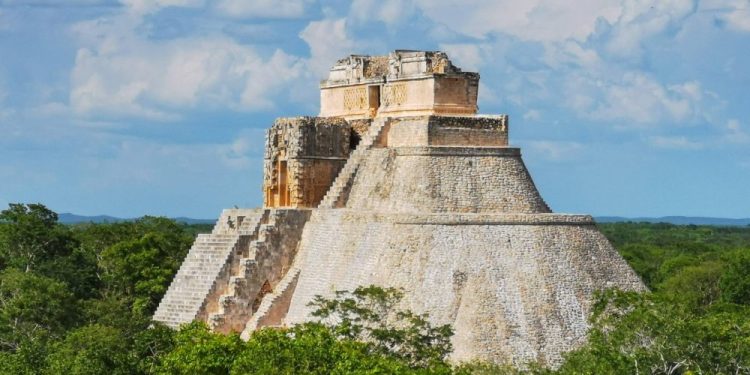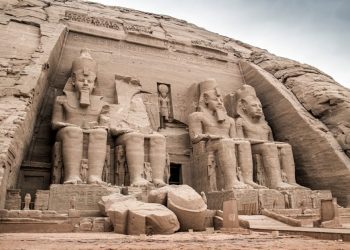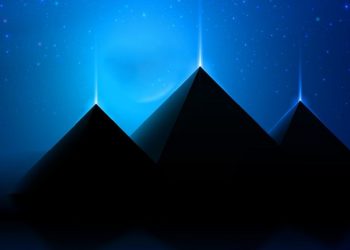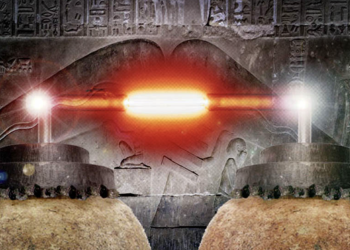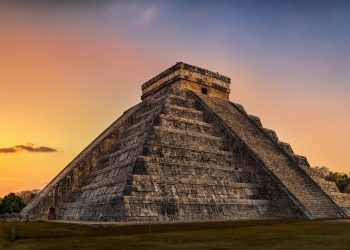The Maya built one of the most advanced civilizations of the ancient world, yet many aspects of their society remain unexplained. Despite centuries of research, archaeologists and historians continue to investigate their sophisticated knowledge, the decline of their great cities, and puzzling artifacts.
Here are five of the most intriguing mysteries still surrounding the Maya.
1. What Led to the Gradual Decline of the Maya Civilization?
At its peak, the Maya civilization thrived with sprawling cities, towering pyramids, and a deep understanding of astronomy and mathematics. However, between the 8th and 9th centuries, many major cities in the southern lowlands were abandoned. While some settlements persisted, the once-dominant civilization weakened significantly.
Theories explaining this decline include:
- Severe droughts – Climate records suggest prolonged droughts contributed to agricultural collapse.
- Deforestation and soil depletion – Intensive farming and urban expansion may have led to ecological damage.
- Warfare and political instability – Evidence of fortified cities and mass graves suggests increasing conflict.
- Economic shifts – Trade networks may have changed, leaving once-prosperous cities without resources.
While scholars agree that multiple factors contributed to the decline, no single cause fully explains why some cities collapsed while others continued to flourish.
2. How Did the Maya Achieve Such Precise Astronomical Calculations?
The Maya were expert astronomers who tracked the movements of celestial bodies with remarkable accuracy. Without telescopes or modern tools, they:
- Predicted solar and lunar eclipses.
- Tracked Venus, Mars, and other planets.
- Aligned pyramids and temples with equinoxes and solstices.
Structures like El Caracol in Chichén Itzá were designed with precise alignments that corresponded to celestial events, such as solstices and equinoxes. The Maya’s ability to calculate astronomical cycles with remarkable accuracy was based on meticulous naked-eye observations and mathematical patterns, rather than unknown methods.
3. What Was the Full Significance of Mayan Blue?
Mayan artists developed a unique blue pigment that has resisted fading for centuries, even in extreme heat and humidity. Found in murals, pottery, and ritual sites, the pigment is made from indigo plant extract and palygorskite clay. Scientists have identified its chemical composition, but its cultural and symbolic meaning is still debated.
One of the most striking discoveries is the presence of Mayan Blue on human remains in Chichén Itzá’s Sacred Cenote, suggesting it played a role in sacrificial rituals. Some researchers believe it symbolized the gods, the afterlife, or offerings to rain deities. Others speculate it was a valuable trade commodity. While the pigment’s formula is now understood, its broader significance remains an open question.
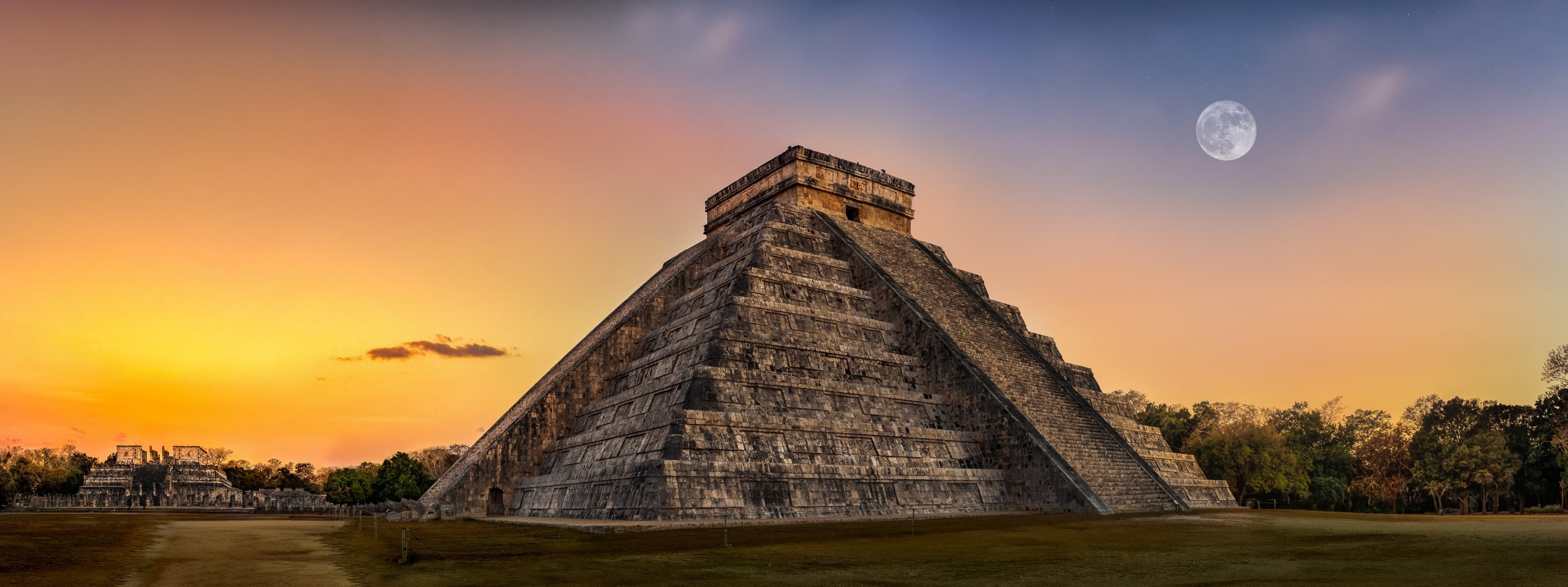
4. Why Did the Maya Construct Such Complex Water Systems?
Archaeologists have uncovered vast water management systems beneath ancient Maya cities, including:
- Reservoirs with purification methods.
- Artificial lakes supplying urban centers.
- Underground canals and tunnels, some leading to hidden chambers.
While these structures helped sustain large populations, some researchers believe they served more than just practical purposes. Certain underground channels and cenotes may have been used for rituals or religious ceremonies. However, there is no strong evidence to support theories about lost technologies or secret knowledge related to these constructions.
5. Could More Maya Codices Be Discovered?
The Maya recorded much of their knowledge in books known as codices, written on bark paper and folded like modern manuscripts. In the 16th century, Spanish missionaries burned thousands of them, considering them heretical. Only four authentic codices survived:
- Dresden Codex – Contains detailed astronomical records.
- Madrid Codex – Includes ritual and divination texts.
- Paris Codex – Features a calendar and ceremonial practices.
- Grolier Codex – Focuses on Venus cycles (its authenticity was debated but confirmed in recent years).
Many scholars believe additional codices may still exist, possibly hidden in tombs or undiscovered ruins. While none have been found, ongoing excavations continue to search for lost records of Maya knowledge.
There’s still so much we don’t know about the Maya, but each new discovery brings us closer to understanding their world. As archaeologists uncover more ruins, artifacts, and texts, the puzzle pieces slowly come together. With ongoing excavations and advances in technology, some of these age-old mysteries may finally be solved.



